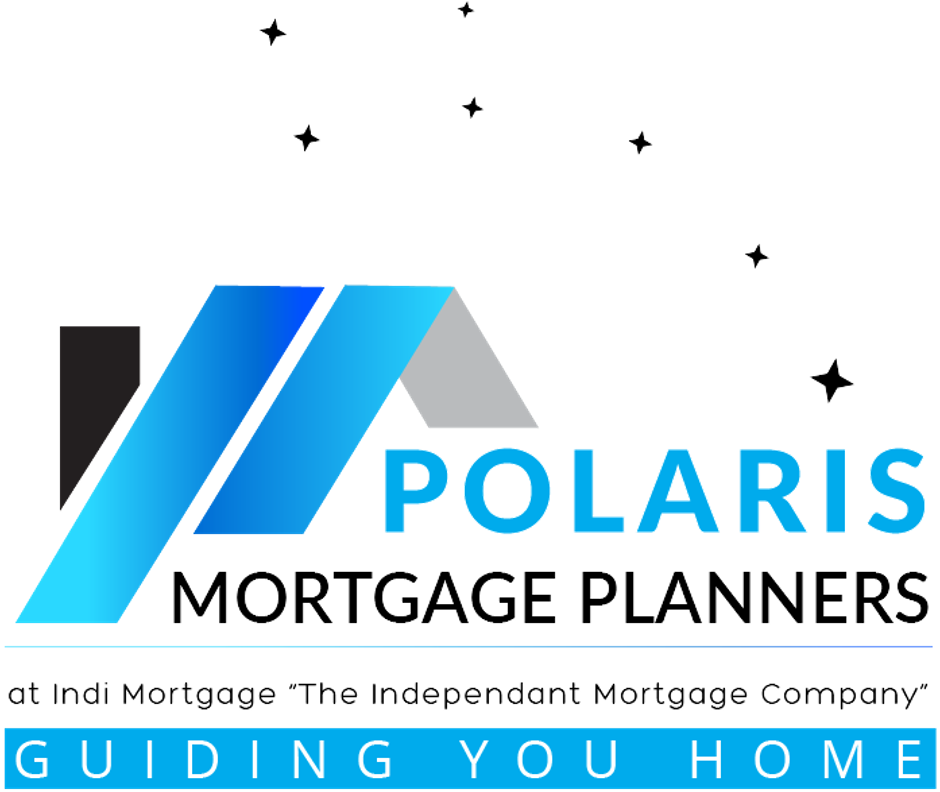Purchase Plus Improvements
A Purchase Plus Improvements mortgage is designed to help you finance the purchase of a property and the cost of renovations or improvements in one convenient mortgage. This can be a great option if you're looking to buy a property that needs some work, as it allows you to roll the renovation costs into your mortgage.
Here's how it generally works:
Property Assessment: Once you find a property, you'll need to assess the property's current condition and determine what improvements you want to include in the mortgage. Improvements have to be things that improve the value of a property, not to fix a property. Upgraded kitchen, adding a garage, new flooring and paint, are acceptable. Fixing a cracked foundation or a leaking roof is not.
Offer to Purchase: When writing the offer to purchase, let your realtor know that you may require a little longer condition period, thereby allowing time for contractors to view the property and provide you with quotes. Always include a subject to financing condition AND subject to home inspection condition to protect yourself while you complete your due diligence on the home purchase. If you believe a contractor will require access to the property to provide a quote, let your Realtor know so they can work the request into the Offer to Purchase contract.
Obtain Quotes: Lenders will require at least one quote from a contractor for the renovation work, providing a well-defined plan and cost breakdown of the renovation before approving the loan.
Mortgage Application: When we apply for a Mortgage Plus Improvements loan, we will include both the purchase price of the property and the estimated renovation costs in your mortgage application.
Appraisal: We will arrange for an appraiser to assess the current value of the property and an opinion of what it will be after the improvements are completed. This helps the lender determine the final mortgage amount.
Funds Disbursement: The mortgage funds are usually released in stages - the initial amount to purchase the property, and then the renovation funds are held in trust by your lawyer.
Completion and Inspection: You will let us know once the renovations are finished. We will let the lender know and the lender may require receipts or an inspection by the original appraiser to ensure the work was done properly and according to the plan.
Finalizing the Mortgage: Once the inspection is complete, the lender will instruct your lawyer to release the remaining funds they had held in trust.
It's important to note a few key points:
Approval Process: The approval process for this type of mortgage is a bit more involved than a traditional mortgage due to the renovation component. You'll need to provide detailed renovation plans and a quote from at least one contractor.
Renovation Scope: Renovations typically need to add value to the property. Lenders may have guidelines about the types of renovations they'll finance. You MUST STICK TO THE SCOPE OF IMPROVEMENTS that were provided to the lender. For example, if you submit a quote for a garage addition, the lender will not release the funds if you have a kitchen renovation completed instead.
Appraisal: The appraiser will need to confirm that the improvements will indeed increase the value of the property.
Interest: You'll pay interest on the entire mortgage, even the portion held in trust as they wait for you to complete the improvements.
Timeline: Lenders typically require 90 to 120 days for the improvements to be completed.
Amount: Most lenders limit the improvement portion to be a maximum of 10% of the purchase price or $40,000, although some will go higher on exception.
Funds: The renovation portion of your new mortgage will be paid to you once the project is 100% complete. This means that you will have to arrange terms with your renovation contractor to pay them at completion OR you will have to pay for part of the renovations up front yourself. A renovation company will usually require a deposit up front from you to start the work. Upon request we can supply them with a letter confirming that the held back renovation funds are available to be released to them upon completion of the work.
Non-completion: If you do not complete the renovation, the improvement funds that were set aside will be used to pay down your mortgage balance. Your mortgage payment set at the beginning will stay the same but more of your regular payment will go to the principal once your mortgage balance has been paid down from the improvement funds.
Remember, every lender might have slightly different requirements and procedures, so it's crucial to work closely with us so we can guide you through the process based on your specific situation.
Two Examples:
Usual way of financing:
Purchase Price: $300,000.00
Less 5% down payment: $15,000.00
Financing Required: $285,000.00
Plus 4% Insurance premium: $11,400.00
Total Mortgage: $296,400.00
Mortgage payment @ 3.5% over 25 years: $1,479.84/month
Purchase Plus Improvements:
Purchase Price: $300,000.00
Proposed Improvements: $20,000.00
AS IMPROVED VALUE OF HOME: $320,000.00
Less 5% of ‘as if improved’ value: $16,000.00
Financing required: $304,000.00
Plus 4% Insurance premium: $12,160.00
Total Mortgage: $316,160.00
Mortgage payment @ 3.5% over 25 years: $1,578.49/month

